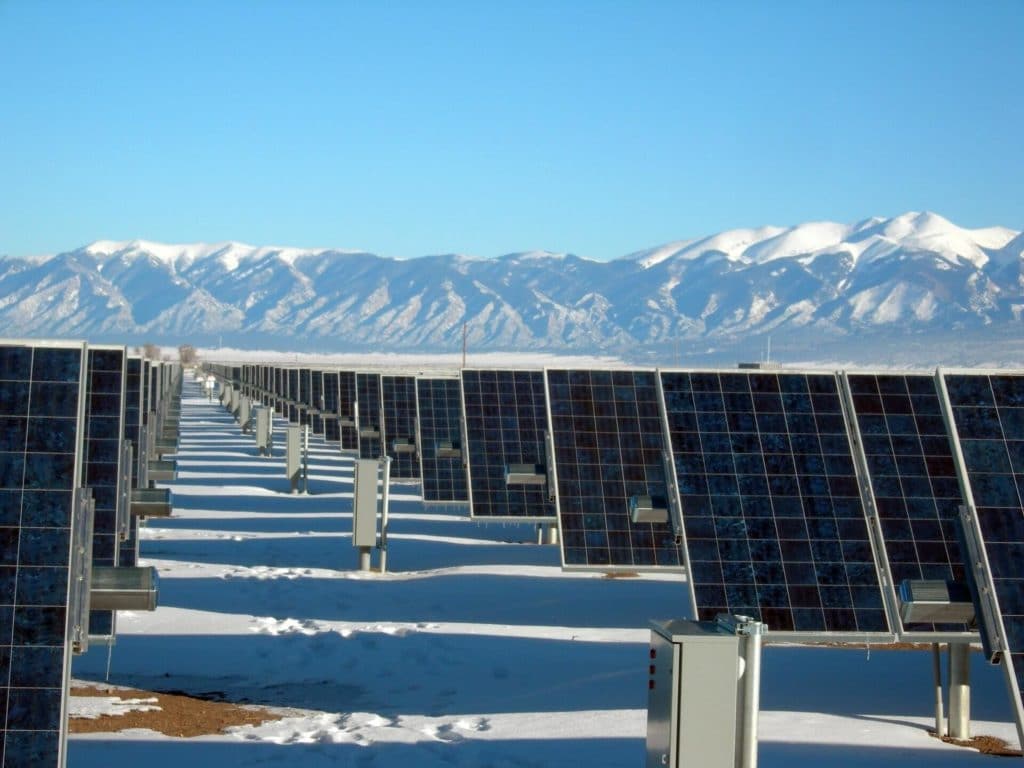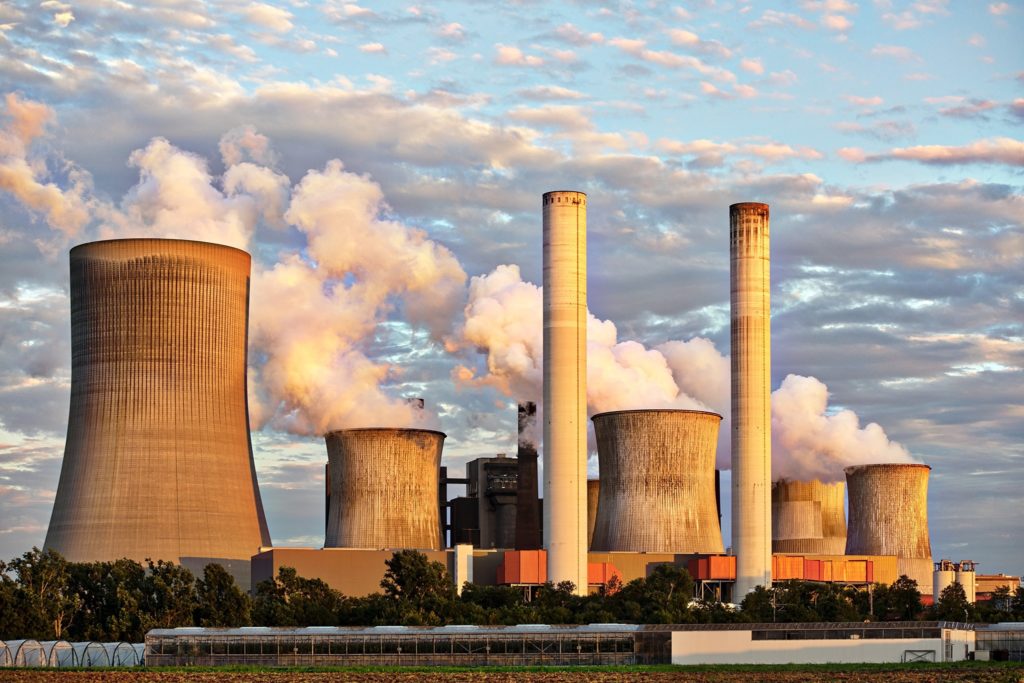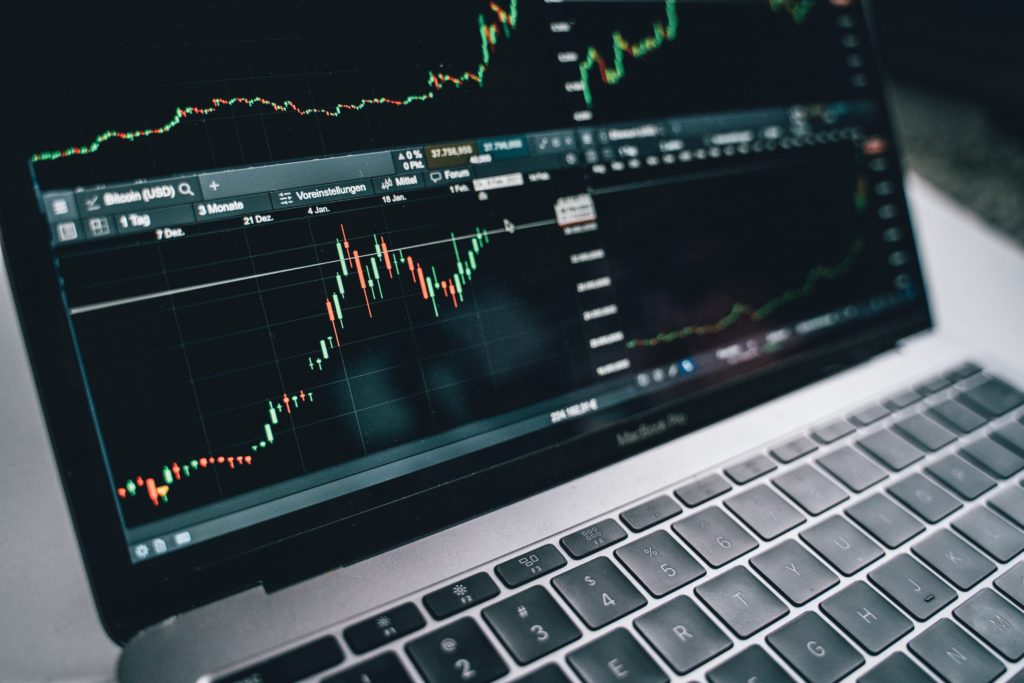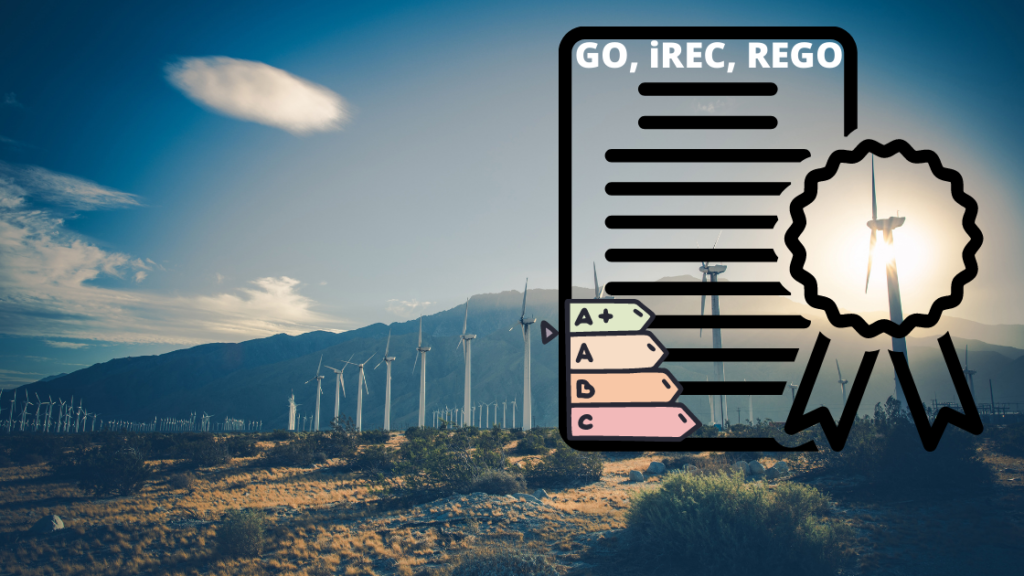Table of Contents
What is PPA price?
The European wholesale energy market crisis in 2021 led to an increased corporate demand for alternative energy sourcing strategies, such as procurement of electricity via long-term power purchase agreements (PPA). Due to the high energy cost pressure in the open wholesale electricity market, PPA became an even more attractive solution to help corporate reduce their electricity bill, limit exposure to volatile energy market prices through long-term PPA price hedges, and be able to claim “additionality”.
PPA is commonly used to contract the majority of a project’s generating capacity, with the remaining capacity sold into the wholesale market. However, with current wholesale electricity rates so high, selling more energy into wholesale electricity markets is becoming a more appealing alternative for renewable developers than lasting corporate PPA contract negotiations. As a result, we see fewer PPA offers on the market today. Also, because wholesale prices are so high, developers are hiking their PPA price to compensate for the cash they could have generated by selling a larger percentage of their electricity on the day-ahead market.
As a result of the increasing corporate PPA demand, higher project development costs, and high wholesale energy market prices, PPA “pay-as-produced” prices jumped on average 20-30% in 2022 vs. the prior year. Despite this PPA price increase, however, this energy sourcing solution looks very attractive compared to the conventional wholesale energy market prices. You can learn more about PPA price types available in the other article here.
Is PPA a good deal?
In the table below, there’s an indicative 10-year PPA price overview for newly built Solar/Wind renewable assets as of the beginning of 2022. You can also check the PexaPark PPA average index of new-build across technologies.
PPA “pay-as-produced” price indication as of February 2022
| Market | 10y “pay-as-produced” PPA, EUR/MWh | Average Discount vs the free market forward curve, % |
| France | 75 | -30% |
| UK | 90 | -25% |
| Germany | 75 | -25% |
| Italy | 75 | -30% |
| Netherland | 70 | -30% |
| Poland | 95 | -15% |
| Portugal | 40 | -50% |
| Spain | 40 | -50% |
The PPA prices in the table above represent average 10-year PPA deals for newly built assets across different technologies, such as Solar and Wind. The PPA prices are then benchmarked against the free-market baseload forward curve for the next 2-3 years, depending on the market liquidity. To convert the “pay-as-produced” PPA price into a baseload contract for comparison reasons, a 20% balancing premium was assumed on top of the “pay-as-produced” PPA price in the table.
Due to its abundance of low-cost solar projects, Iberian PPA pricing remains less susceptible to upward price pressures. Spain and Portugal are the markets that can be characterized as the markets with the most attractive corporate PPA buying opportunities.
Spain, Italy, and United Kingdom have the highest number of PPA offers from developers as PPA regulatory reforms over the past years have attracted multiple investors. While Sola PPAs represent a majority of all deals signed in Europe because the solar permitting process is, generally, a bit easier than wind permitting.
Commercial project operational date (COD) is another essential factor that plays a significant role in PPA prices. Based on several market research, it was shown that PPAs with an earlier COD date in 2023 could be sold at a significant premium vs. projects with COD in CY 2024. This phenomenon can be partially explained by higher market prices for Cal23 electricity vs. Cal24 as well as due to a limited number of free assets available for CY 2023.
Due to the increased market volatility and banks growing more comfortable with providing finance for PPA projects with shorter tenors, it’s predicted the average PPA contract duration in Europe reducing from 10-15 years to 5-10 years in the coming years.
Here you can check the next article about PPA price trends in Q2 2022 and where to find the best PPA deals.
If you want to learn more about different risks associated with a PPA contract, you can read my other article here. To get the latest energy market news, trends and power price forecasts, check our weekly market report. And please comment below if you liked this article!









Pingback: (2022) Different Types Of Power Purchase Agreements (PPAs) | Futrue Energy Go